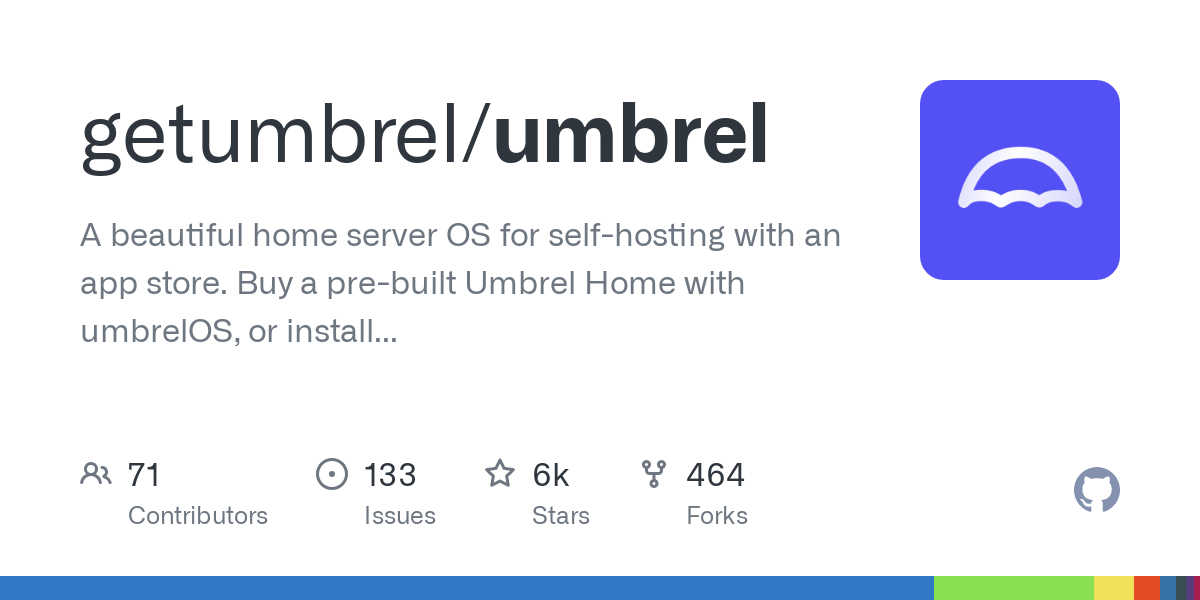- cross-posted to:
- opensource@lemmy.ml
- cross-posted to:
- opensource@lemmy.ml
OS for selfhoster. Here’s a video by Dev.
There is a warning from a user on Reddit. Might be worth considering before buying. https://www.reddit.com/r/selfhosted/comments/16qekm6/dont_buy_an_umbrel/
The fact that its so heavily geared toward crypto makes me uneasy. Otherwise it seems like an awesome idea.
umbrelOS is licensed under the PolyForm Noncommercial 1.0.0 license.
I’ve never heard of this one.
Source-avaliable, but not FOSS. You can’t take anything with the PolyForm license and use it for commercial purposes. Seems like using umbrelOS to set up companies with self-hosted applications might technically be against the terms of the license. Or even using the self-hosted applications for your own personal use and making money from any of them in some way may also be against the terms.
A custom “source available” license that may not be as clear-cut as intended and depends on “we know it when we see it” by the authors of the license? You don’t say!
Had the same thought…
Seems like the consensus on this one is it isn’t worth it and until they fix their licensing it’s more risky to use as anything other than a day project. In fact, the licensing is kind of dubious for project work because of its weird stipulations.
I tried Umbrel and i hated it. I switched to Cosmos and its great
deleted by creator
I liked it until I broke it twice and it brought down everything. Went back to NPM and portainer so that one mistake doesn’t break the whole stack.
Looks like yunohost with a nicer interface but less apps and less config options.
Removed by mod
Didn’t tried yet. Waiting for Debian version but look very promising and begginer friendly.
Glad it’s beautiful, it should be good then.
I know this is a month old, but this was randomly recommended to me in YouTube and I watched their “ad”, even though it’s free to install on a Pi or any other device that can run Debian or Ubuntu.
It works well in a Pi, but their documentation is out of date, and accessing the web GUI isn’t as easy as it should be, especially for new users of Linux. There’s no way to (officially) set a static IP in the OS. I searched their forums, and followed their guide, which didn’t apply anymore since they’re using NetworkManager now. I applied a static IP via that…and FUBAR’d the webUI. A simple reflash of the uSD card doesn’t work either since there are hidden partitions or something because the settings still persisted after two DDs. I had to zero out the first few megs and reflash it in order to get it to work again.
That being said. I’m going to give it to a friend as a no hassle/small footprint/low power piracy box and Plex server.








